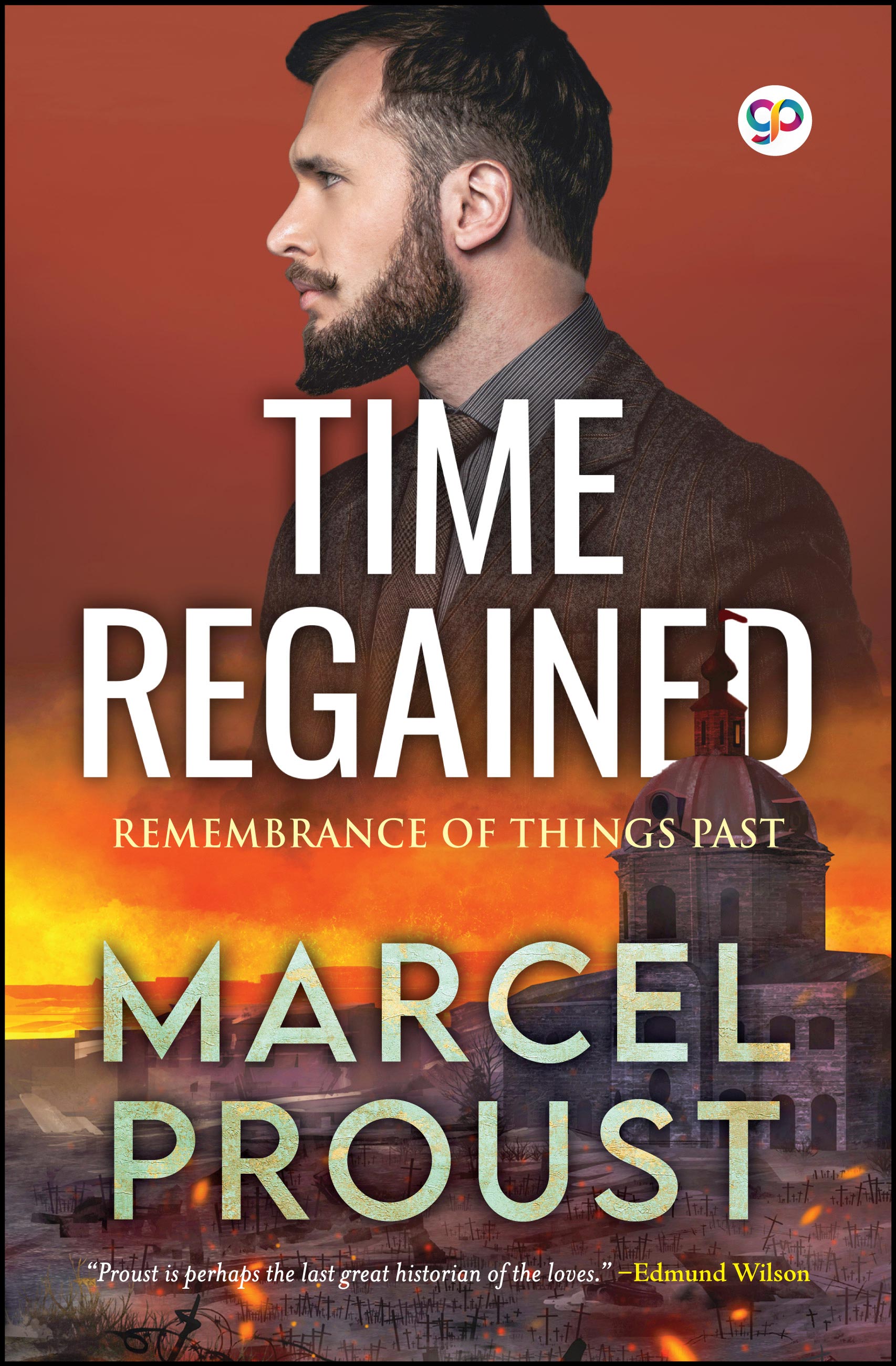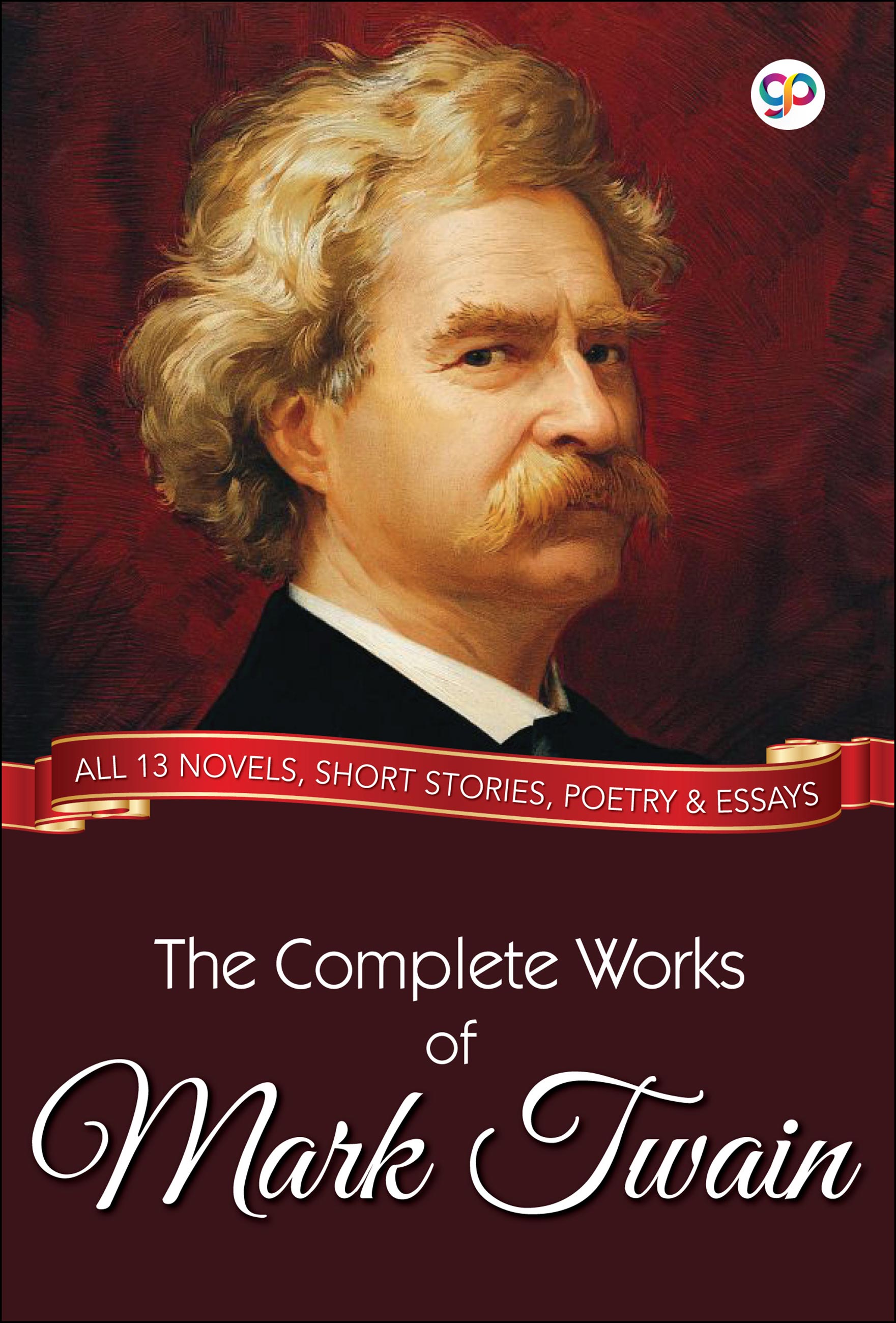
Tess of the D'Urbervilles (eBook)
‘Tess of the D'Urbervilles’, a novel by Thomas Hardy, is considered a major nineteenth-century English novel and possibly Hardy's fictional masterpiece. It initially appeared in a censored and serialised version, published by the British illustrated newspaper ‘The Graphic’ in 1891 and in book form in 1892. Set in impoverished rural England, Thomas Hardy's fictional Wessex, during the Long Depression of the 1870s, the novel challenges the hypocrisy and social conventions of the rural Victorian world. It follows the story of Tess Durbeyfield as she attempts to escape the poverty of her background, seeking wealth by claiming connection with the aristocratic D'Urberville family. It is through Tess's relationships with two very different men that Hardy tells the story of his tragic heroine, and exposes the double standards of the world that she inhabits with searing pathos and heart-rending sentiment. The novel initially received mixed reviews upon its publication due to its frank discussion of female sexuality and the hypocrisy of Victorian morality. It has been adapted for the theatre, television and film on numerous occasions.
BEST SELLERS
About the Author
Thomas Hardy, OM, was an English author of the naturalist movement, although in several poems he displays elements of the previous romantic and enlightenment periods of literature, such as his fascination with the supernatural. He regarded himself primarily as a poet and composed novels mainly for financial gain. The bulk of his work, set mainly in the semi-fictional land of Wessex, delineates characters struggling against their passions and circumstances. Hardy's poetry, first published in his 50s, has come to be as well regarded as his novels, especially after The Movement of the 1950s and 1960s. The term cliffhanger is considered to have originated with Thomas Hardy's serial novel A Pair of Blue Eyes in 1873. In the novel, Hardy chose to leave one of his protagonists, Knight, literally hanging off a cliff staring into the stony eyes of a trilobite embedded in the rock that has been dead for millions of years. This became the archetypal — and literal — cliff-hanger of Victorian prose.
Read Sample












